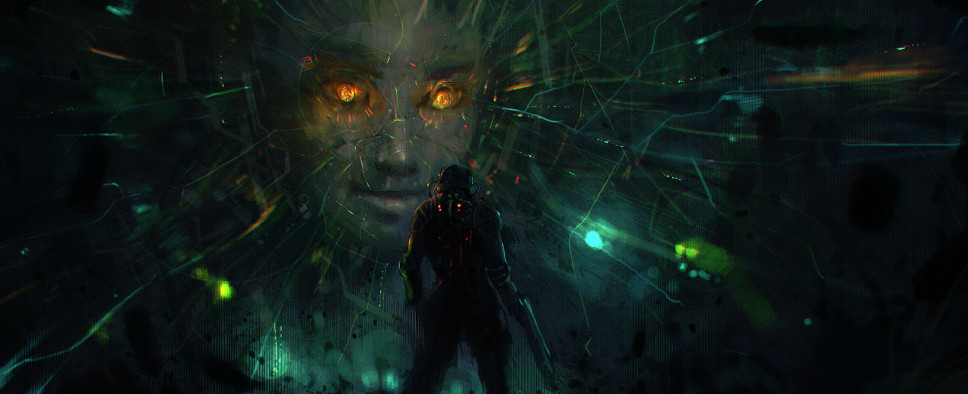System Shock Remastered Edition Update #57
-
Category: News ArchiveHits: 1636

This month's development update for Nightdive Studios' System Shock Remastered Edition shows off the updated model for the Cyborg Drone and walks us through the process of creating it. Apart from that, we get a few sample animations and plenty of concept art, so be sure to check out the update itself. And here are a few fairly technical paragraphs on the Cyborg Drone:
Happy E3 and let's show some more System Shock!
Now I would like to start this update with showing a character from start to finish. Say hello to the Cyborg Drone!
[...]
Robb Waters's modern update of his original design. A guiding principle of the concepts for the remake is the idea that Shodan is repurposing already existing tech throughout the station for the creation of her cybernetic minions, giving them a brutal, improvised, function-over-form appearance. In the case of the drones, security cameras have been unceremoniously grafted to the heads of Citadel's security detail.
To start the 3d process of creating the drone, a mannequin based on our generic male corpse body is brought into the clothing simulation software Marvelous Designer. Here the character's clothing is roughed out and tailored to the body, creating a base for the folds and wrinkles of the drone's jumpsuit.
Inorganic and more tight-fitting elements of the drone are created using more traditional box-modeling techniques in 3d Studio Max. Edges are chamfered and bevelled to help them retain their shape when subdivided into higher polygon counts.
All the elements of the character are brought together as different subtools within Zbrush, where the clothing and skin elements receive additional hand-sculpted details and tweaks.
The subtool elements of Zbrush are exported back into 3d studio max and traced over with new, lower poly topology to create a game-ready mesh.
The lowpoly mesh is quickly autorigged in Adobe Mixamo to get a sense of how it looks in motion and check for any obvious proportional issues.
The ingame mesh is UV-mapped in 3d Studio Max with a texel density of 256 pixels per meter.
The disparate parts of the hipoly and lowpoly meshes are brought into texture baking software Knald to generate the normal, AO, height, curvature, and transmission maps.
The mesh and projected textures are brought into Substance Painter to paint final physically based textures.
...and that is that!
Now are you excited for the Cyborg Warrior?

